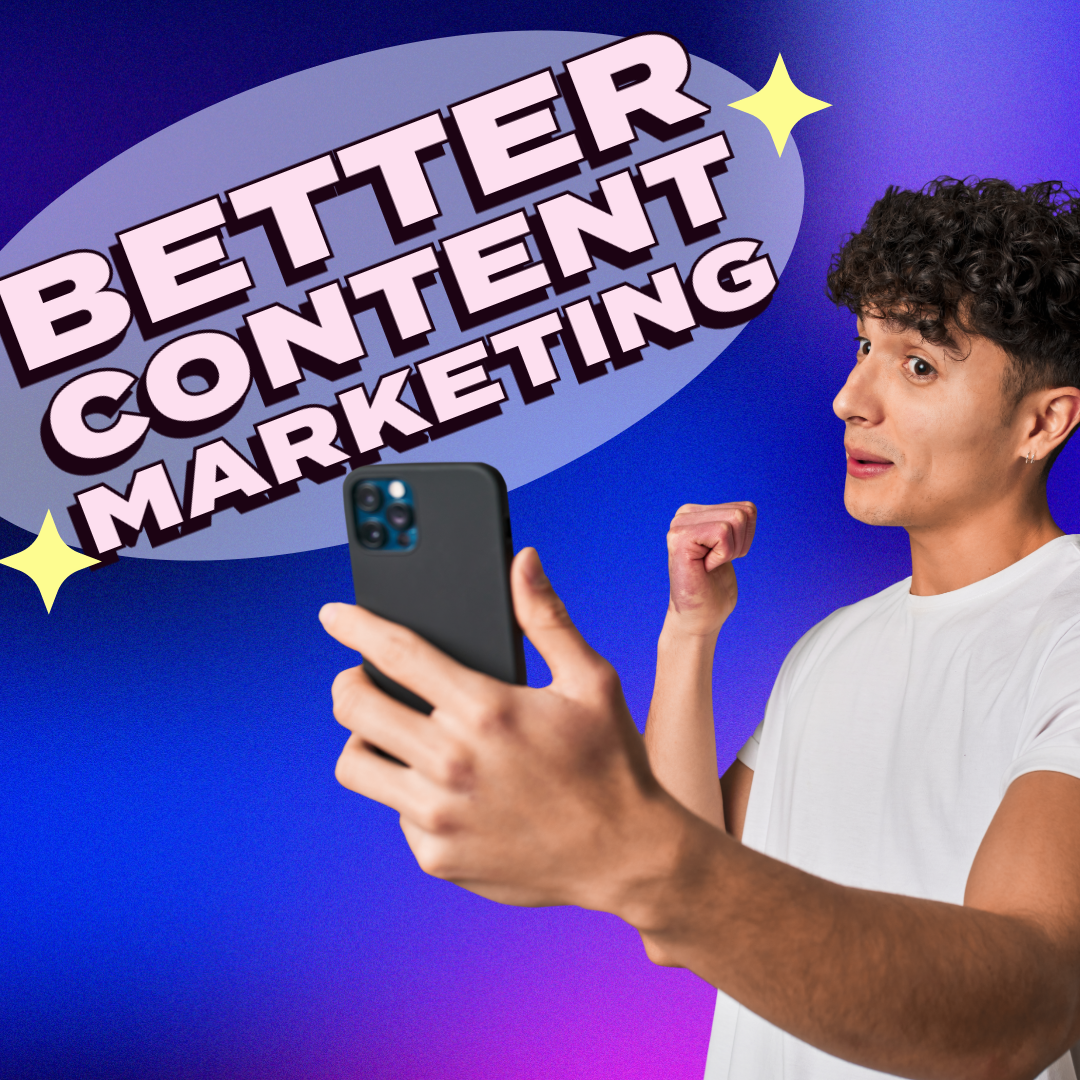How ChatGPT Works: Explain Like I’m 5
There's a chatbot that generates human-like text. What’s up with that?
Understanding How ChatGPT Works
For those of us who don’t have a PhD in computer science (mere mortals), we look at AI and think, how does ChatGPT even work?
There is a chatbot that generates human-like text. What’s up with that?
That’s why I’m here: to explain how ChatGPT works, its foundations, functions, and implications.
What Is ChatGPT?
ChatGPT is a type of Generative Pre-trained Transformer (GPT). This is where the “GPT” comes from. The “Chat” is because it specializes in generating conversational text.
It runs on a type of code called a neural network. That doesn’t mean that it thinks like you and I can though. ChatGPT’s neural network trains on huge amounts of internet text written by humans, that is why it can respond like a human can.
How GPT Architecture Works
Think of a Generative Pre-trained Transformer (GPT) like a backbone. It holds the whole chatbot together.
It uses something called an “attention mechanism” to weigh the relevance of different words in a sentence.
Key Features of GPT:
- Pre-training: GPT models are initially trained on a large dataset of text. This is how they learn a wide range of language patterns and information.
- Fine-tuning: The model then “tunes” either itself or using human input like a piano. It can learn better how to perform specific tasks or datasets.
- Generative Model: A lot of models just classify text by putting it into categories. GPT, on the other hand, generates text, building it word by word.
How ChatGPT Works
- Input Processing: When a user inputs text, ChatGPT processes it and tries to understand the context and intent.
- Tokenization: The text is broken down into words or sub-words called “tokens” that the model can understand.
- Attention Mechanism: The model uses its attention mechanism to weigh the importance of each token in the context of your entire request.
- Iterative Refinement: The model refines its responses based on further input or clarification from the user.
Tokenization Explained in 3 Steps
Tokenization isn’t just an essential part of ChatGPT. It is also used in any Natural Language Processing model (NLP).
Here’s how it works:
- Breaking Down Text: The algorithm breaks down text into smaller, manageable units called “tokens”.
- Processing: Once words are tokenized, the AI algorithm can more efficiently process and analyze language data.
- Adding Nuance: Because it can process data more efficiently, tokenizing allows models such as ChatGPT to understand linguistic patterns and meanings more efficiently.
What is an Attention Mechanism?
This is an essential part of artificial intelligence and machine learning. It is how those models process and interpret large and complex data.
Attention mechanisms focus on certain parts of input, just like how human attention works, which helps the model use its computational resources more efficiently.
Overall, attention mechanisms make ChatGPT responses more accurate and nuanced.
Challenges in Training
- Data Bias: Just like a human with limited information, the model inherits biases present in the training data.
- Relevance: Keeping the model’s knowledge up-to-date with current events is tough (and quite expensive). This is why underneath the text box, OpenAI includes the disclaimer “ChatGPT can make mistakes. Consider checking important information.”
Applications of ChatGPT
There’s still so many new paths that ChatGPT could take.
But here’s some current applications:
- Customer Service: Automated responses and support.
- Education: Assisted learning and tutoring.
- Content Creation: Writing articles, poems, and even code.
- Language Translation: Translating languages for any tone of voice.
ChatGPT and Ethics
Even though it is quite advanced, ChatGPT raises ethical concerns:
- Misinformation: The platform has the potential to generate plausible but incorrect or misleading information.
- Bias: The risk of perpetuating biases present in training data.
- Dependency: Over reliance on AI for communication and content creation.
- Copyright Concerns: Because ChatGPT is trained on a huge amount of human-written content, the question is: should those original writers get paid too?
The Future of ChatGPT
The model is constantly improving, but experts report growth in:
- Accuracy: Reducing errors and improving tendency towards bias.
- Contextual Understanding: Better handling of nuanced and complex information.
- Ethical Safeguards: Implementing measures to mitigate bias and potential misuse.
Conclusion
AI is only improving when it comes to natural and effective human-computer interaction. As the technology continues to evolve, expect our digital lives to evolve with it.










